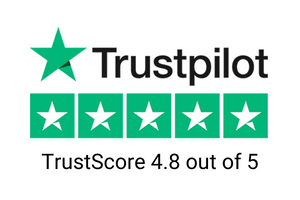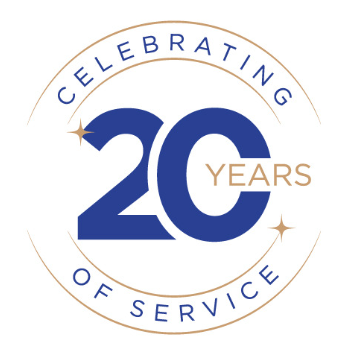Last Updated: April 4, 2024
Debt Ceiling Could Impact Your Wallet

Disclaimer: We are not qualified legal or tax professionals and are not giving advice. Always speak with a qualified professional before making any legal or financial decisions.
Understanding the intricacies of the debt ceiling is pivotal for anyone trying to navigate the complex world of personal finance, especially when it comes to managing credit card debt. The debt ceiling, or the maximum amount the U.S. government is authorized to borrow, plays a crucial role in shaping the economic landscape of the country.
When debates and decisions around this limit occur, the ripple effects can extend far into the wallets of everyday Americans, influencing interest rates on credit cards, loans, and mortgages. This post dives into the direct implications of the debt ceiling debates on your credit card debt, offering insights and strategies to safeguard your financial well-being during these uncertain times.
Skip the scrolling and start solving. Click here for a free consultation with a debt specialist.
Pacific Debt Relief Can Help
We provide proactive advice to minimize damage and tools to seize control of your debt during this economic uncertainty. While politicians point fingers in Washington, now is the time to prepare your own finances.
Read on to understand exactly how the debt ceiling debate threatens your wallet - and what you can do about it. The experienced professionals at Pacific Debt Relief are here to help you weather this storm. Don't wait - contact us today.
If you already find yourself in a situation where you can not meet your credit card obligations or are struggling to do so, give our counselors a call today at 1-877-722-3328 or email us at
inquiries@pacificdebt.com.
How the Debt Ceiling Impacts Credit Card Interest Rates
When the government nears its borrowing limit (the debt ceiling), it can lead to uncertainty in financial markets. Investors may sell off bonds, causing yields to spike. Since credit card interest rates are often tied to bond yields, card APRs typically rise as a result.
For example, during the 2011 debt ceiling crisis, the average credit card interest rate rose 0.5% and stayed elevated for two months after the crisis ended. Even a short-term debt ceiling showdown can mean higher interest costs for consumers.
Advice if the Debt Ceiling Issue is Not Resolved
If Congress fails to raise the debt limit, the government may have to prioritize payments and default on some obligations. This would likely cause significant turmoil in credit markets.
Credit card lenders depend on stable bond markets for funding.
To compensate for market volatility and higher lending costs, issuers will likely reduce access to credit. For instance, your credit limit may be cut by $1,000 or more on one or multiple cards. Minimum payment amounts may also increase to 5% or more of your balance.
With restricted access to credit, consumers should focus on paying down balances. Consider transferring high-interest balances to a 0% APR card or consolidating debt through a personal loan at a lower rate.
Tools to Take Control of Your Debt
Our debt payoff calculator can help you make a plan to pay down balances before rates potentially rise further. Enter your balance, APR, and payment amount to see how long it will take to become debt-free.
We also explain debt consolidation options like balance transfer cards and debt management plans. This can combine multiple high-interest debts into one monthly payment at a lower interest rate for a faster payoff.
FAQs
Conclusion
As the debt ceiling deadline approaches, it's clear this political standoff threatens the financial stability of American households. While lawmakers point fingers, consumers with credit card debt cannot wait to prepare for potential interest rate hikes and restricted access to credit.
Take control now by minimizing balances, considering consolidation options, and using our payoff calculator. Though projections look dire, the experienced counselors at Pacific Debt Relief can guide you through these challenges.
If you are struggling with overwhelming debt and want to explore your debt relief options, Pacific Debt Relief offers a
free consultation to assess your financial situation. Our debt specialists can provide objective guidance to help find the right debt relief solution.
*Disclaimer: Pacific Debt Relief explicitly states that it is not a credit repair organization, and its program does not aim to improve individuals' credit scores. The information provided here is intended solely for educational purposes, aiding consumers in making informed decisions regarding credit and debt matters. The content herein does not constitute legal or financial advice. Pacific Debt Relief strongly advises individuals to seek the counsel of qualified professionals before undertaking any legal or financial actions.
Reduce Your Credit Card Debt By Up to Half

BBB Reviews | 4.9/5.0 Rating









 Do Not Sell My Personal Information
Do Not Sell My Personal Information